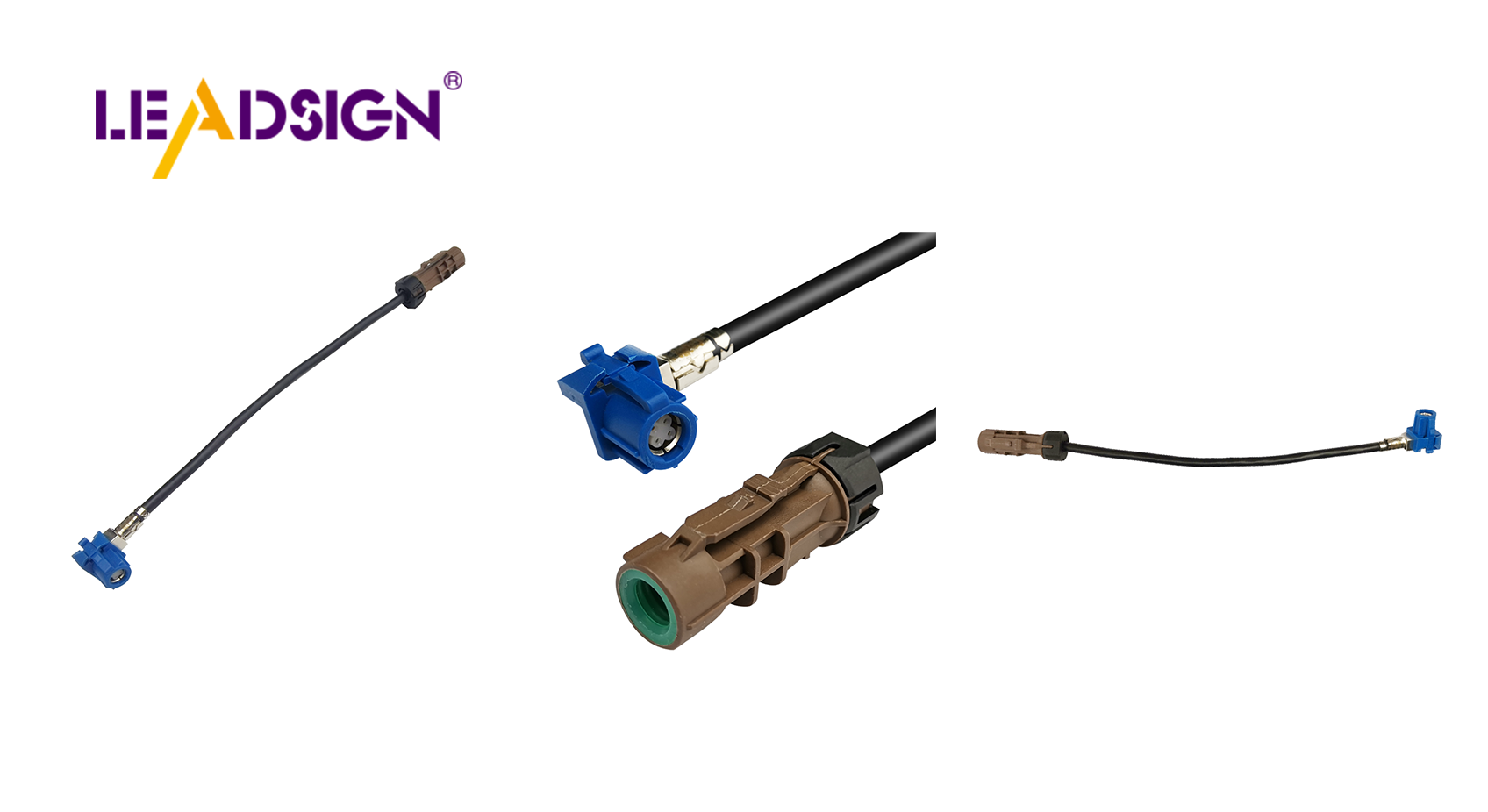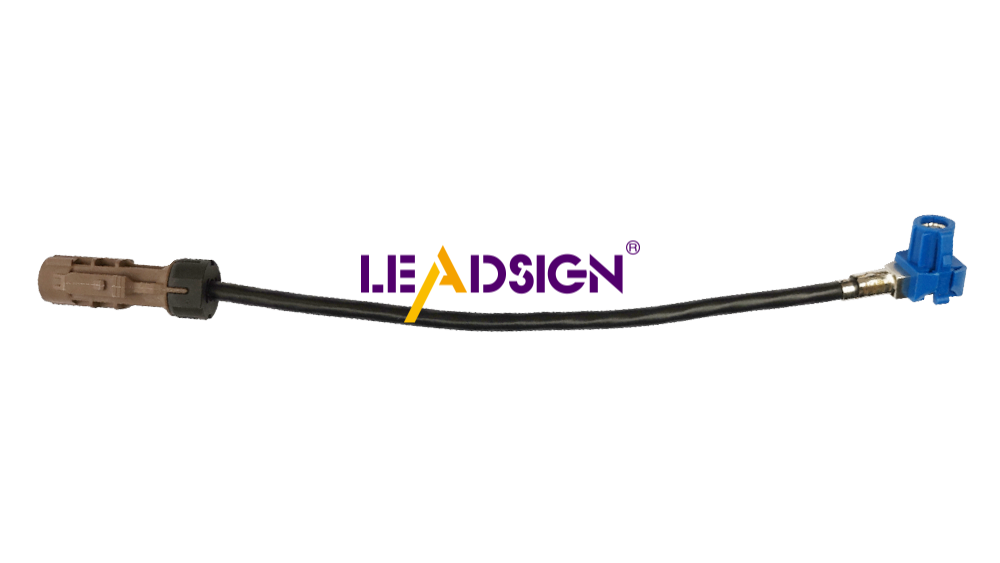Why Automotive Wire Connectors Matter in Your Vehicle

Automotive wire connectors play a crucial role in vehicles, ensuring that electrical connections function efficiently. These automotive electrical connectors facilitate the smooth flow of electricity, enhancing the overall performance of the system. The inclusion of F type connectors further optimizes these systems, preventing potential issues. For both safety and performance, these components are essential. Every vehicle relies on them to operate at its best.
Understanding Automotive Wire Connectors

What Are Automotive Wire Connectors?
Definition and Purpose
Automotive wire connectors are key parts in cars. They make sure electrical parts stay connected safely. Their main job is to help electricity move through the car. Good connections keep the car working well and safe.
Types of Automotive Wire Connectors
There are different types of automotive wire connectors for various uses. Crimp connectors attach to wires by squeezing them tight. This makes a strong hold for both power and strength. Pigtail connectors come in many shapes and are flexible in use. Bullet connectors are easy to connect, used often in cars. Rectangular or square connectors handle complex systems like engines by holding many wires.
Importance in Vehicle Systems
Role in Electrical Connectivity
Automotive wire connectors are important for electrical links. They make sure power goes smoothly to all car parts. Good links stop electric problems and keep systems steady. Each connector type helps keep the car's electric system stable.
Impact on Vehicle Performance
Automotive wire connectors greatly affect how cars work. Good ones support key systems like fuel injection and ignition timing. Strong connectors last through tough conditions, keeping things running long-term. Trustworthy connections boost how well a car runs and lower repair needs.
Features and Benefits of the HSD LVDS Cable
Design and Build
Materials Used
The HSD LVDS Cable is made with top materials. These ensure strong electric links. Copper wires help electricity flow well. Insulation stops electric noise.
Strong Structure
The HSD LVDS Cable is built tough. Engineers make it for hard conditions. It stands up to wear and tear. This strength makes it last long in cars.
Performance and Trustworthiness
Fast Data Transfer
The HSD LVDS Cable moves data quickly. This is key for new car systems. It keeps signals steady. Good performance helps entertainment and safety work better.
Toughness in Cars
The HSD LVDS Cable works well in hard car places. It handles hot, cold, and shaking well. Its toughness means it works reliably over time. Cars need less fixing because of this.
Technical Details of the HSD LVDS Cable
Main Features
Data Speeds
The HSD LVDS Cable sends data fast. It works up to 6 GHz. This helps new cars share data well. It has a 100Ω impedance for best use.
Fits with Car Systems
The cable fits many car systems easily. It works with entertainment and driver help tools. It can handle temperatures from -40°C to +105°C, so it's reliable.
Uses in Cars
In Entertainment Systems
The cable makes entertainment better. It sends clear sound and video. Its strong build keeps it working well.
In Driver Help Systems (ADAS)
The cable is key for ADAS safety features. It sends data reliably in tough car spots, lasting a long time.
The Role of F Type Connectors in Cars
What Are F Type Connectors?
F type connectors are key in car electrical systems. They connect coaxial cables securely. Engineers use them for good signal flow. Their design works well with high-frequency uses, perfect for new cars.
Why Use F Type Connectors?
F type connectors have many benefits in car systems. They are strong and handle tough conditions well. This strength means they last long. They also keep signals clear and reduce noise. Cars get better data flow because of this.
Car connectors like F type ones make cars safer and work better. Good connections help important systems like maps and music players. Experts say picking the right connectors is crucial for best car performance.
F type connectors help keep car electric parts working well. They are used in many ways, making sure cars run safely and smoothly.
The HSD LVDS Cable is great for cars. It sends data fast and works well with car systems like music and safety tools. Its strong build lasts in tough conditions, so it’s good for long use. Car fans and DIY folks love this cable for upgrades. Choose this cable because it works well and is dependable for cars. The HSD LVDS Cable helps make cars connect better and work smoother, making driving safer and more fun.
See Also
Significance of Fakra Car Connectors in Contemporary Automobiles
The Significance of HSD Connectors in Automotive Sectors
The Value of Fakra Connectors in Automotive Sectors

